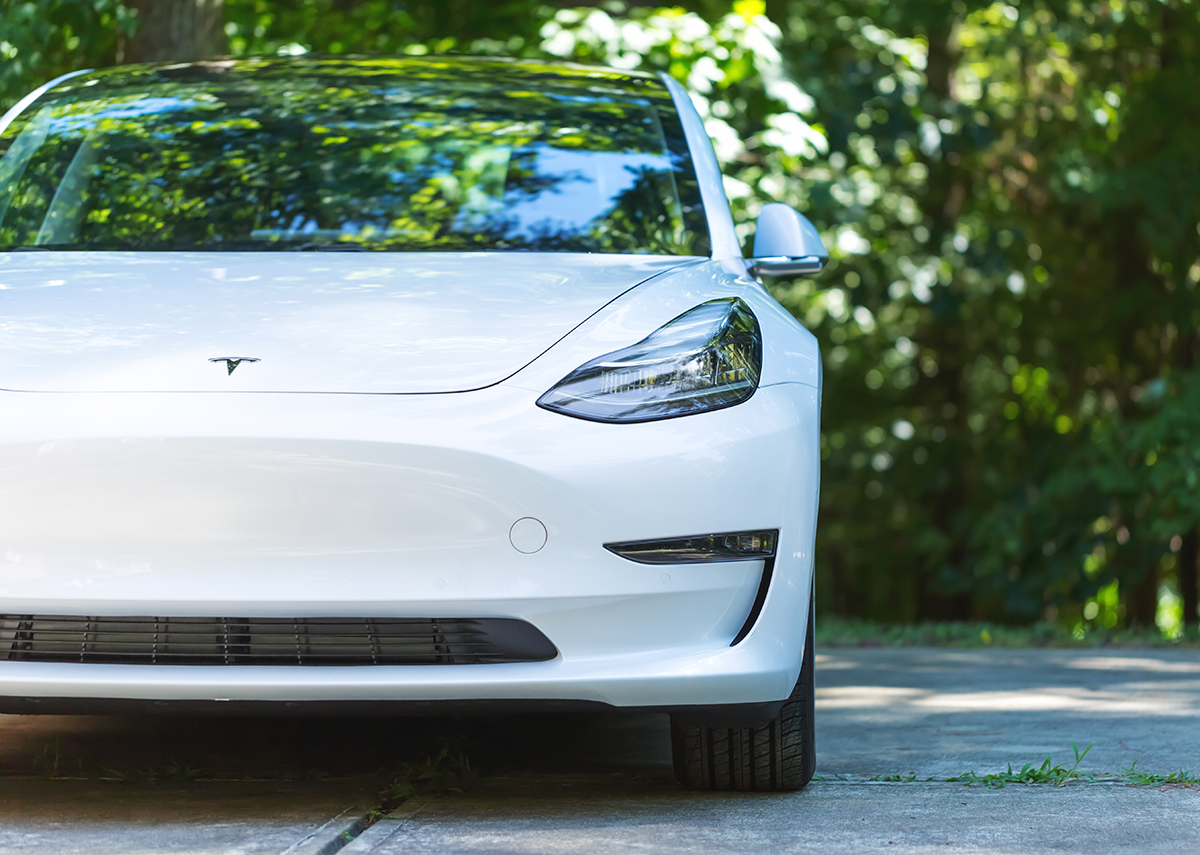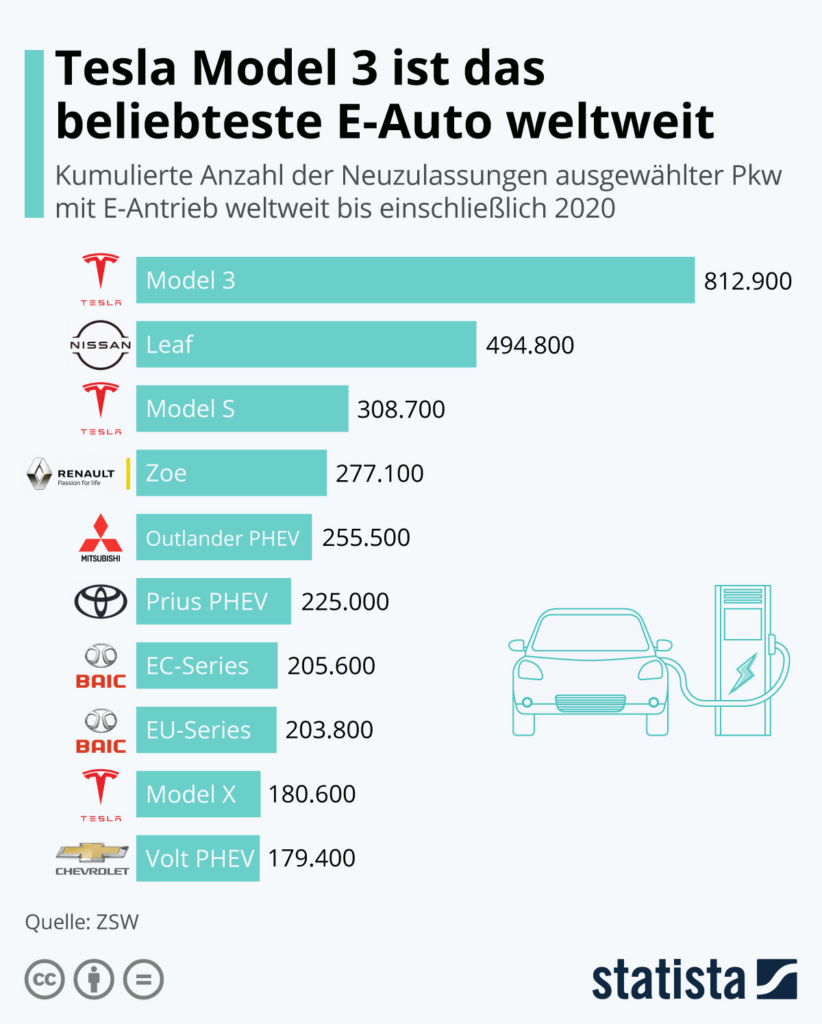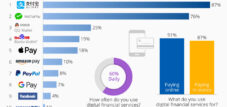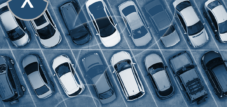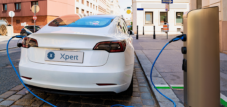Welches ist das beliebteste E-Auto weltweit?
Sprachauswahl 📢
Veröffentlicht am: 4. Juni 2021 / Update vom: 4. Juni 2021 – Verfasser: Konrad Wolfenstein
Tesla Model 3 ist das beliebteste E-Auto weltweit
Das Model 3 des US-Autobauers Tesla ist das weltweit am öftesten zugelassene E-Auto. Das zeigt die Grafik auf Basis von Daten des Zentrums für Sonnenenergie- und Wasserstoff-Forschung Baden-Württemberg (ZSW). Bis zum Ende des Jahres 2020 wurden über 800.000 Fahrzeuge neu zugelassen. Das Modell gehört zur Mittelklasse und ist in Deutschland ab rund 46.000 Euro erhältlich. Auf Rang zwei liegt ein Fahrzeug der Kompaktklasse, der Nissan Leaf (ab 29.234 Euro). Es folgen mit großem Abstand das Oberklasse-Fahrzeug Tesla Model S und der Kleinwagen Renault Zoe.
E-Autos werden bei deutschen Autofahrern immer beliebter. In absoluten Zahlen führen zwar weiter Benzin- und Dieselfahrzeuge. Bei beiden Antriebsarten gingen die Zulassungen im laufenden Jahr jedoch spürbar zurück, wie diese Grafik zeigt. Ein Grund für die Entwicklung dürften die Kaufprämien sein, die von Bund und den Herstellern derzeit gewährt werden. Laut einer Prognose sollen die Anteile von Verbrennungsmotoren an der Gesamtproduktion von Automobilantrieben bis zum Jahr 2030 deutlich abnehmen. Im genannten Jahr sollen nur noch fünf Prozent der produzierten Automobile über einen Diesel- und 47 Prozent der Automobile über einen Benzinantrieb verfügen.
Tesla Model 3 is the most popular e-car worldwide
The Model 3 from U.S. carmaker Tesla is the most frequently registered e-car in the world. This is shown in the chart based on data from the Center for Solar Energy and Hydrogen Research Baden-Württemberg (ZSW). By the end of 2020, more than 800,000 vehicles were newly registered. The model belongs to the mid-size class and is available in Germany from around 46,000 euros. In second place is a vehicle in the compact class, the Nissan Leaf (from 29,234 euros). It is followed by a wide margin by the Tesla Model S luxury-class vehicle and the Renault Zoe compact car.
E-cars are becoming increasingly popular with German drivers. In absolute terms, gasoline and diesel vehicles continue to lead the field. However, registrations of both types of drive declined noticeably in the current year, as this chart shows. One reason for this development is likely to be the purchase premiums currently being granted by the government and the manufacturers. According to a forecast, the share of internal combustion engines in the total production of automotive drive systems is set to decline significantly by 2030. In the aforementioned year, only five percent of automobiles produced are expected to be diesel-powered and 47 percent gasoline-powered.



